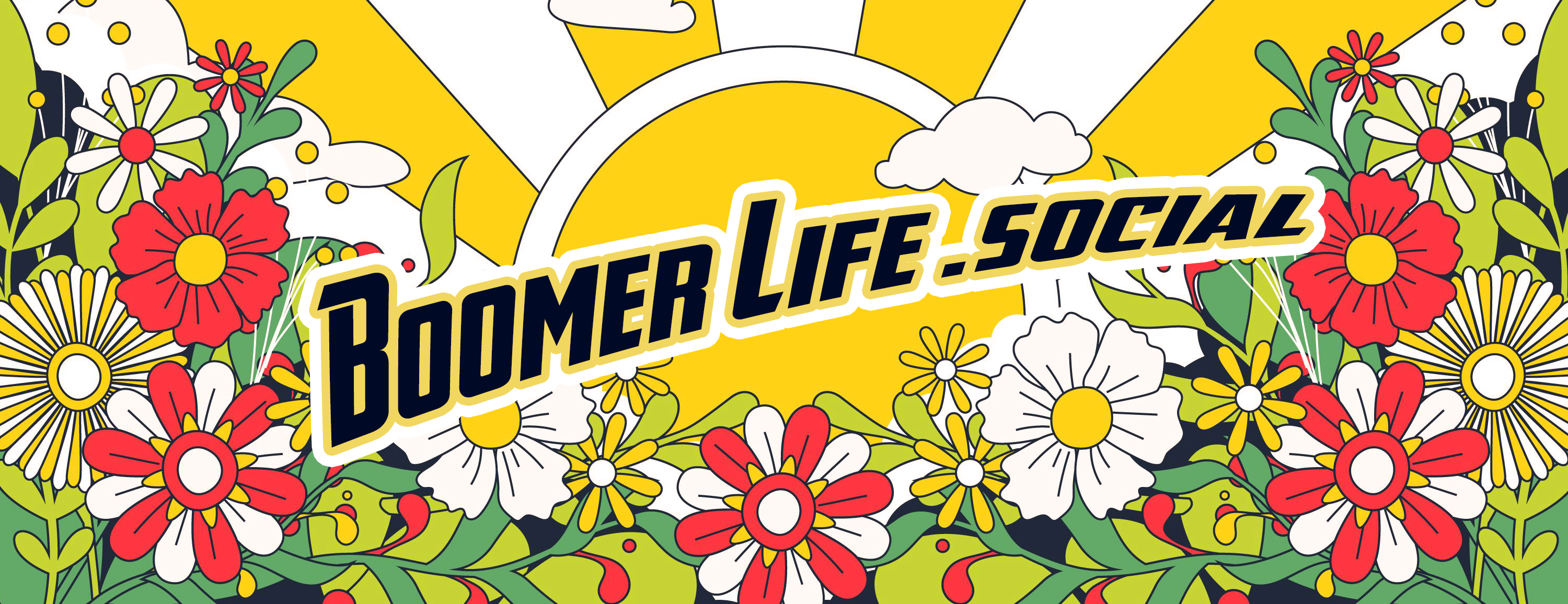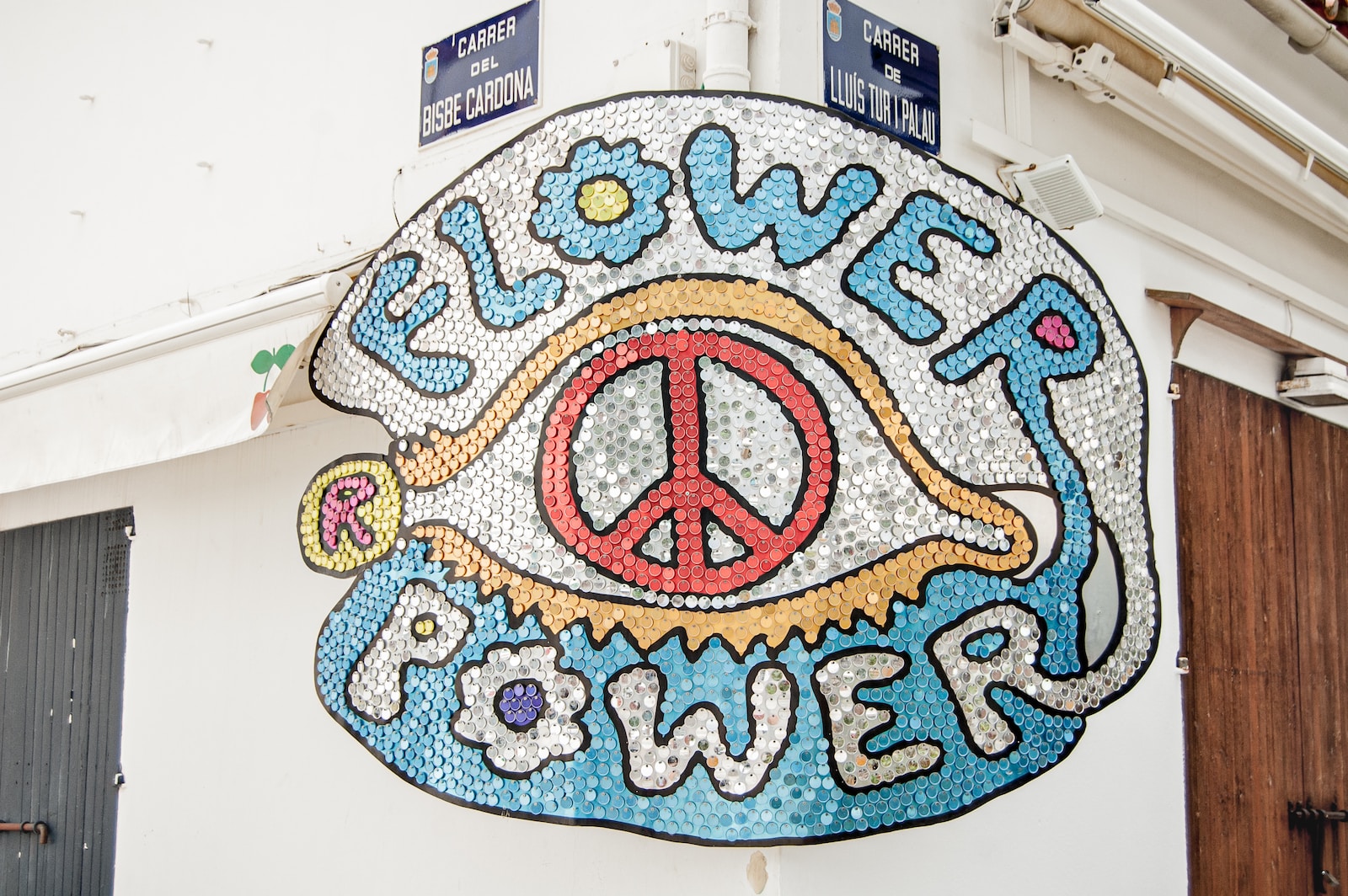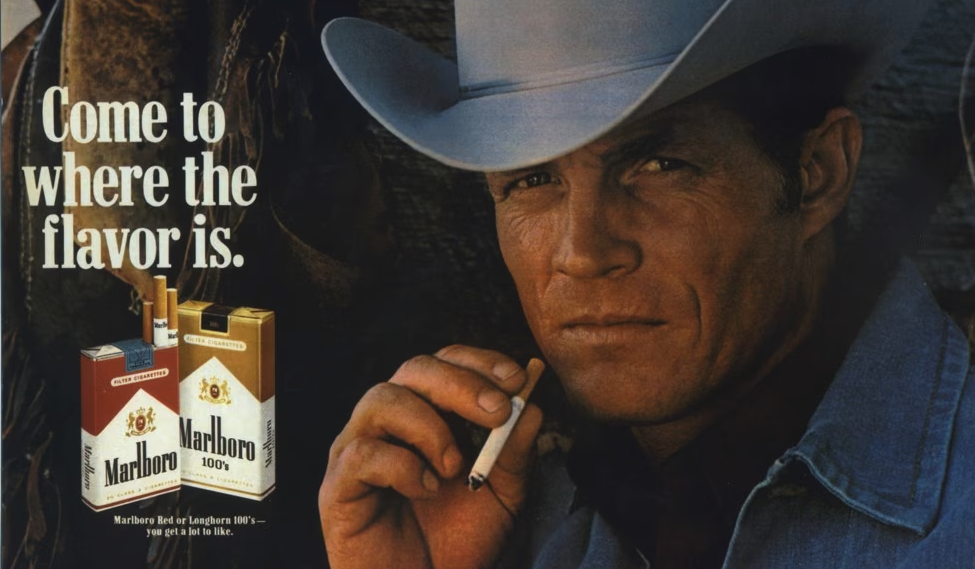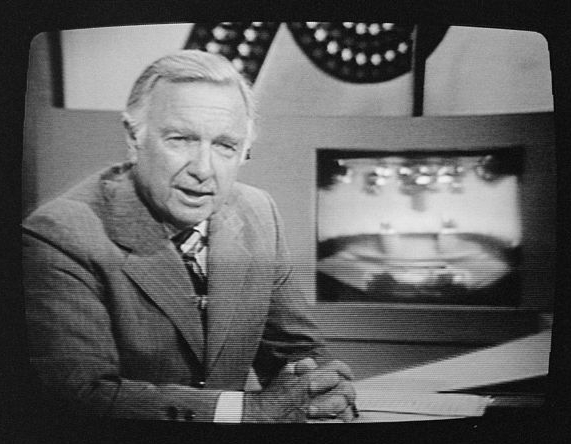Share this article with your network of friends!
For seniors who lived through the transformative era of the 1960s, “Flower Power” remains a powerful symbol of the peace and love movement that swept across the nation. Emerging amidst the turbulence of the Vietnam War and civil rights struggles, Flower Power became a beacon of hope and a call for social change. As we take a nostalgic journey back in time, let’s explore the roots, ideals, and lasting impact of this colorful and influential movement.
Origins of Flower Power
The term “Flower Power” first gained popularity in the mid-1960s, emerging as a slogan used by anti-war protesters and civil rights activists. It represented a non-violent approach to creating social change, emphasizing the power of love, peace, and unity in the face of oppression and injustice.
Symbolism and Aesthetics
Flower Power’s visual representation was vibrant and unmistakable. The iconic image of young people offering flowers to law enforcement during protests became synonymous with the movement’s message of peace and harmony. Flowers, particularly daisies, were seen as a universal symbol of love and innocence, and their presence at demonstrations conveyed a message of non-aggression and solidarity.
Music and Counterculture
Flower Power was closely tied to the counterculture movement that swept through the 1960s. Folk and psychedelic rock music became the anthems of the era, with songs like “Blowin’ in the Wind” by Bob Dylan and “San Francisco (Be Sure to Wear Flowers in Your Hair)” by Scott McKenzie encapsulating the movement’s spirit and ideals.
Woodstock: The Epitome of Flower Power
The pinnacle of Flower Power came in 1969 with the legendary Woodstock Music & Art Fair. Billed as “Three Days of Peace and Music,” the festival brought together hundreds of thousands of young people from all walks of life, celebrating love, music, and unity. Woodstock became a symbol of Flower Power’s ethos and a defining moment of the counterculture movement.
Legacy and Enduring Impact
While the 1960s eventually came to an end, the spirit of Flower Power and its message of peace, love, and unity continues to resonate with subsequent generations. The movement left a lasting impact on society, influencing various aspects of culture, including fashion, art, and social activism.
Flower Power’s influence can be seen in contemporary movements advocating for social justice, environmental conservation, and humanitarian causes. Its emphasis on non-violent activism and the belief in the power of love and unity remains a powerful and timeless message that inspires people to work towards positive change.
Conclusion
Flower Power represents a transformative period in history when the youth of a nation rallied together to demand a more peaceful and just world. Through its symbols, music, and ideals, Flower Power captured the essence of an era that sought to bring about social change through love, harmony, and non-violence. As we reflect on this nostalgic journey, we celebrate the enduring legacy of Flower Power and the lasting impact it had on shaping the collective consciousness of a generation and beyond.
DISCLAIMER: This website contains articles for informational and entertainment purposes only. No articles on this website should be considered as professional advice for any medical, legal, or financial matter. Advertisements and content may contain affiliate links, where the website earns a commission for sales derived from our users.





